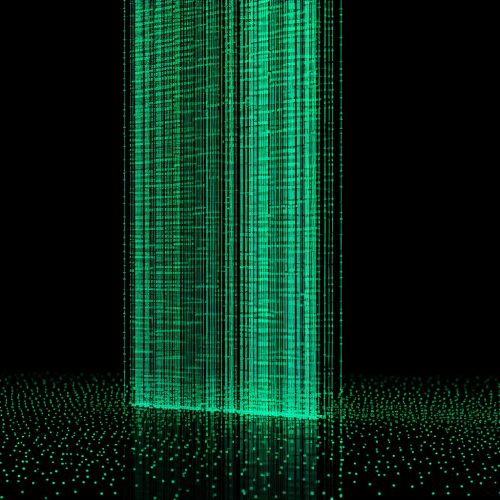Low-Density Parity-Check Code
Introduction
Low-Density Parity-Check Code (LDPC) is a type of error correction code (ECC) that is used in digital communications and data storage systems. It was first introduced by Robert G. Gallager in his Ph.D. thesis in 1960, but it was not until the late 1990s that LDPC codes were rediscovered and began to be widely used in practical applications. LDPC codes are known for their superior error correction performance and are considered to be one of the most efficient ECCs available today.
History
The concept of LDPC codes was first proposed by Robert G. Gallager in his 1960 Ph.D. thesis at the Massachusetts Institute of Technology (MIT). However, at the time, the computational complexity of decoding LDPC codes was too high for practical applications. It was not until the late 1990s, with the advent of more powerful computing technologies, that LDPC codes were rediscovered and began to be widely used in practical applications. Today, LDPC codes are used in a variety of digital communication and data storage systems, including wireless communication, digital television, and solid-state drives.
Mathematical Description
LDPC codes are a type of linear block code, which means they can be described mathematically using matrices. An LDPC code is defined by a sparse parity-check matrix H, which has more columns than rows and a majority of its elements are zeros. Each row of the matrix corresponds to a parity-check equation, and each column corresponds to a codeword bit.
The codeword of an LDPC code is a binary vector that satisfies all the parity-check equations. The set of all codewords forms the code space of the LDPC code. The rate of an LDPC code, denoted by R, is defined as the ratio of the number of information bits to the total number of codeword bits.


Decoding
The decoding of LDPC codes is typically performed using iterative algorithms. The most common decoding algorithm for LDPC codes is the belief propagation (BP) algorithm, also known as the sum-product algorithm. The BP algorithm operates by exchanging messages between the variable nodes and check nodes of the Tanner graph, which is a graphical representation of the parity-check matrix.
Another popular decoding algorithm for LDPC codes is the min-sum algorithm, which is a simplified version of the BP algorithm. The min-sum algorithm has lower computational complexity than the BP algorithm, but it also has slightly worse error correction performance.
Performance
LDPC codes are known for their excellent error correction performance. They can achieve near-Shannon-limit performance, which means they can approach the theoretical maximum data rate that can be transmitted over a noisy channel with a given error probability. This makes LDPC codes one of the most efficient ECCs available today.
However, the performance of LDPC codes depends on several factors, including the code rate, the block length, the decoding algorithm, and the channel conditions. In general, LDPC codes with higher code rates and longer block lengths have better error correction performance, but they also have higher computational complexity.
Applications
LDPC codes are used in a wide range of digital communication and data storage systems. Some of the main applications of LDPC codes include:
- Wireless communication: LDPC codes are used in various wireless communication standards, such as Wi-Fi, WiMAX, and 5G. They help to improve the reliability and efficiency of wireless communication in the presence of noise and interference.
- Digital television: LDPC codes are used in digital television standards, such as DVB-S2 and DVB-T2. They help to ensure the quality of digital television signals, even in challenging reception conditions.
- Solid-state drives: LDPC codes are used in solid-state drives (SSDs) to correct errors that occur during data storage and retrieval. They help to enhance the reliability and lifespan of SSDs.
See Also
- Error correction code
- Robert G. Gallager
- Massachusetts Institute of Technology
- Wireless communication
- Digital television
- Solid-state drive
